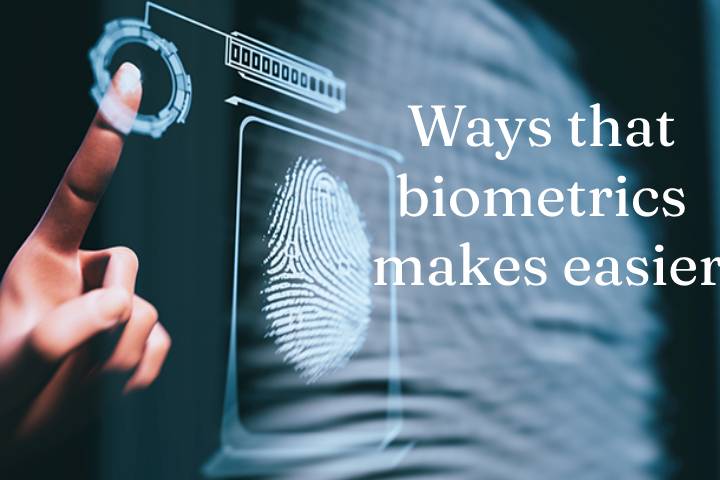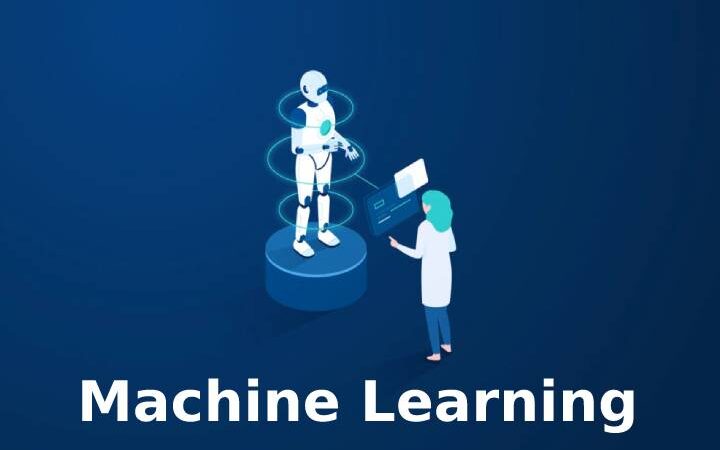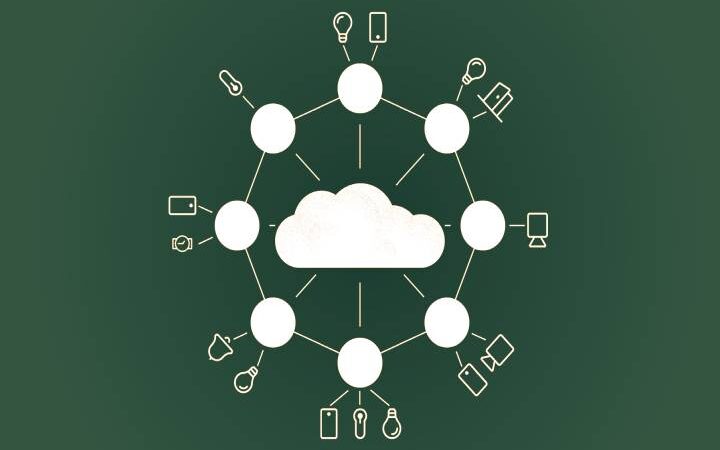Ways That Biometrics Makes Easier

Technology is advancing more and more to make life easier for the population, simplifying processes, and biometrics is one of the most booming technologies in recent years. Its different applications allow great practicality to be given to tasks that previously required a significant investment of time.
From the simple use of a fingerprint to more advanced systems such as voice identification, facial recognition, or handwritten signature on a tablet, biometrics has evolved to become a secure, efficient method that is very easy to use.
Use cases that biometrics makes easier
- Hiring services from home: With the arrival of the pandemic, contracting services have had to be done remotely. However, it is still necessary to sign documents as they were being signed in person. The record to be signed must be uploaded to the system so that, later, the signatory receives an email with that writing to review it and give its approval. Once both parties are clear about the document, the signer will receive a call to formalize it through his voice. In this call, his consent is collected, which offers the same legal validity as a face-to-face handwritten signature, but more quickly and without traveling. Thus, both employment contracts and hiring new electricity or telephone service can be signed with full validity through a phone call at any time and place.
- Worker registration. The use of this advanced technology in the field of human resources provides security and greater comfort for workers. Specifically, at the time of employee registration, time is optimized by eliminating traditional identification cards or passwords. With the voice or the face, it is possible to record the working day, guaranteeing that the hours agreed between the company and the worker are met. In this case, biometrics provides a differential value for the worker, offering a more innovative and exclusive vision of the company and providing usability and, therefore, time savings in systematic processes.
- Access control. Although it sounds futuristic, it is already possible to enter a site – be it physical or digital – through your fingerprint, face, or voice. Thus, it is prevalent to access all mobile apps through the fingerprint, but there are uses beyond this. For example, to enter restricted rooms in specific companies, it is necessary to identify yourself. In this sense, a facial or voice biometric recognition system could be used to authorize access to certain people. However, it is not a technology reserved for large companies, but it is also possible to install it in homes to provide the home with extra security.
- Customer identification and authentication. For example, upon arrival and departure from a hotel, the check-in, and check-out processes can be long and tedious. In fact, on average, they can last between 10 and 25 minutes. However, biometrics can shorten this process and make it easier for guests.






